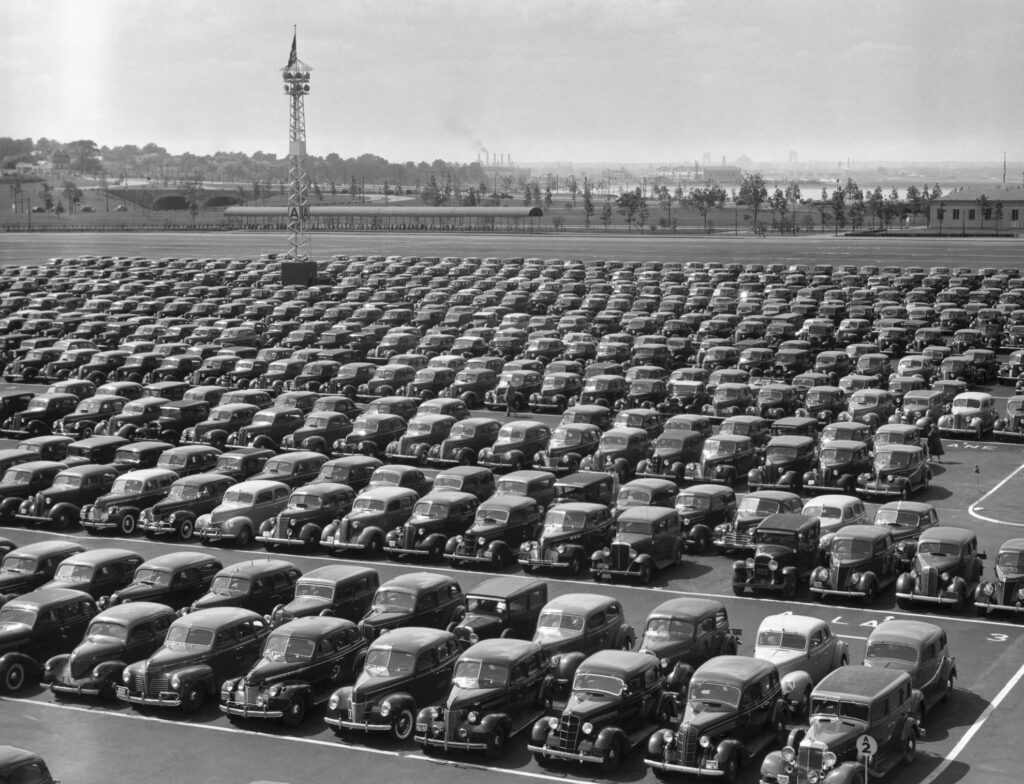
But these are good problems to have.
There were a pair of illuminating stories over the weekend from the New York Times and the Wall Street Journal, examining the boom in manufacturing that’s been taking place in the past few years and the ramifications for workers in affected industries. Both are worth your time to read.
The latter article is aptly titled “America is Back in the Factory Business,” and cites U.S. Census Bureau data showing that construction spending on manufacturing – AKA building factories – reached $108 billion in 2022, which is a record high.
There are reasons this is happening. Companies are apparently growing tired of being bitten by long supply chains that were proven easy to disrupt during the Covid-19 pandemic. Being physically closer to retailers is a legitimate moneysaver for companies like FutureStitch (featured in the Journal article and also profiled in a Times article a few weeks ago). Turning around time-sensitive products – like socks designed with recent cultural events – just can’t be done when those socks have to cross half the globe before the marketability window closes.
But a lot of this is spurred on by the industrial policy bills passed by the federal government like the Inflation Reduction Act, which incentivizes consumers to purchase American-made clean tech products like electric vehicles (EVs). Consider this example the Journal cites of a EV battery factory coming to Lansing, Michigan:
The plant under construction belongs to Ultium Cells, a joint venture between GM and LG Energy Solution Ltd., and it aims to start producing EV batteries in late 2024. The factory shares a $2.5 billion federal loan with sister plants in Ohio and Tennessee. It has also received $666 million in state grants and a bargain rate on electricity from the city’s utility.
Ultium said the factory will create more than 1,700 jobs. That’s not a huge number by local standards—the state government, Michigan State University and local hospitals each employ far more people—but Bob Trezise of the Lansing Economic Area Partnership said the suppliers that cluster around factories create a multiplier effect, making them worthy of public support.
Hundreds of workers have swarmed over the site since construction began last year. That inspired Debi Cheadle, who lives nearby, to buy a food truck to serve burgers and burritos.
“I saw all the people coming and going and thought, ‘Let’s do something that’s profitable and good for us, too,’” she said in mid-March as lunchtime approached.
This evolution, of course, will not be seamless.
The Times’ article makes this point by focusing specifically on what the reformation of the global auto industry means for a state like Ohio, which for long time has been one of the hubs of U.S. auto manufacturing. The skillsets necessary to work in electric auto factories are going to look different than those that apply well to combustion engine factories. And, as legacy automakers begin making the delicate switch to EV production, workers and their representatives are understandably worried.
For the next several years, the transition will probably create jobs as carmakers make both gasoline and electric vehicles. Bob Nelson, the executive vice president of American Honda Motor, noted that, at the moment, there was a shortage of skilled labor. “We’re going to need everybody,” he said in Marysville, where Honda makes Accord sedans.
What happens later is less certain. “When you don’t have the complexity that we’re used to, with engines and transmissions and mufflers and radiators and exhaust systems and all those components that aren’t going to be there anymore,” said Bruce Baumhower, the president of a United Auto Workers local that represents employees of auto suppliers in Ohio, “it makes me wonder what’s left.”
To be clear: This is a good problem to have. It’s an undeniably good thing that manufacturing, despite a lukewarm jobs report last week, is flourishing in the United States again, because it means domestic investment. More money and development and jobs being generated in the Lansings and Marysvilles and Lordstowns of this country, so that the people that live in these communities can benefit from the next generation of industry being developed. Technological progress is inevitable, and that inevitability affects industry. We have long said: Don’t fear the robots, and it’s better to have the opportunity to grapple with it than to simply consume what these industries produce.
That said, this is an issue that needs constant attention. There’s no guarantee that these jobs will be good ones; it requires cajoling, legislation, and organizing to make them good. And the Alliance for American Manufacturing looks forward to pushing these jobs in that direction as manufacturing resurges in the United States in the coming years.
